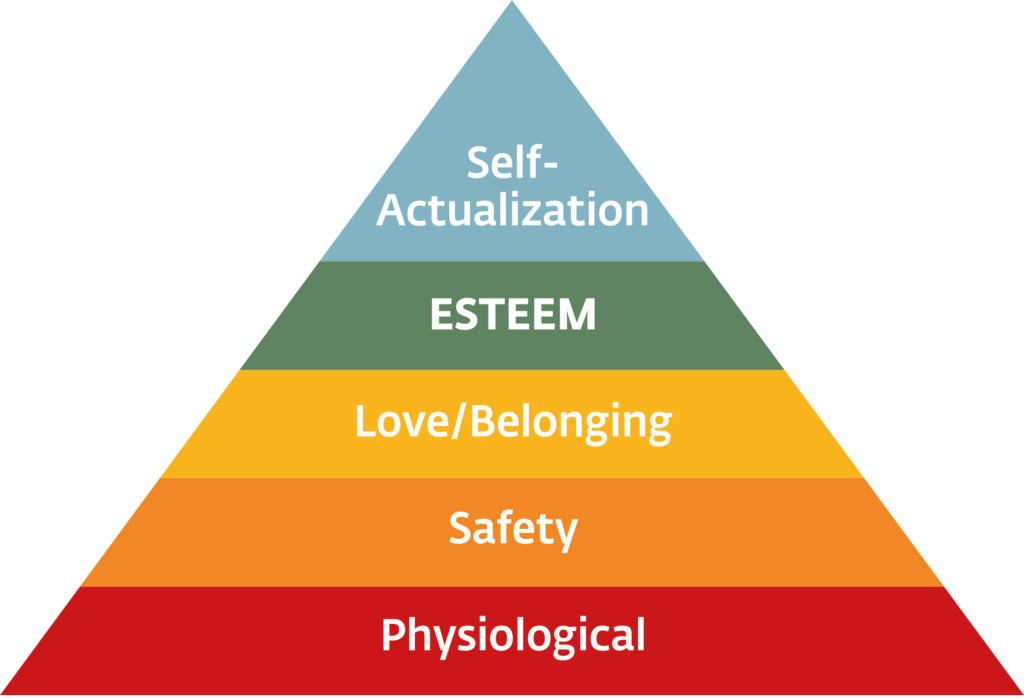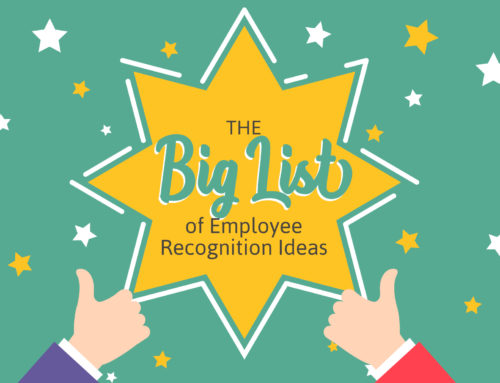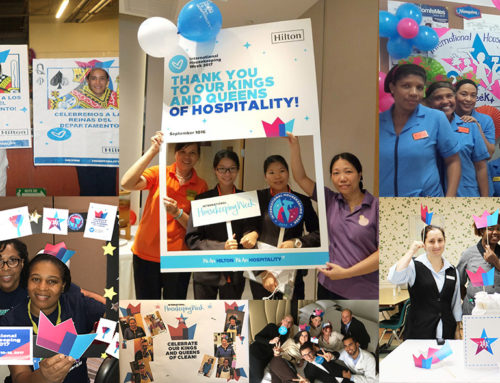We all crave it: Everybody wants to be recognized. Do you remember jumping off the diving board as a child and shouting for your mother or father to watch? Or that feeling you had when they posted a drawing you created at school on the refrigerator door? Recognition is a fundamental human need.
 In 1943, noted psychologist and educator Abraham Maslow created what is known as “Maslow’s Hierarchy of Needs.” In his now-iconic pyramid diagram, Maslow lists five human needs. Near the top of the list is esteem: the desire to achieve, be competent, gain approval, and be recognized.
In 1943, noted psychologist and educator Abraham Maslow created what is known as “Maslow’s Hierarchy of Needs.” In his now-iconic pyramid diagram, Maslow lists five human needs. Near the top of the list is esteem: the desire to achieve, be competent, gain approval, and be recognized.
The desire to be recognized spans all ages and environments, including the workplace. Employers are becoming increasingly aware of the importance of employee recognition and the impact it has at work. A recent survey conducted by the Society for Human Resource Management and Globoforce showed that companies using strategic recognition* are 48 percent more likely to report high engagement. These same companies reported turnover rates that were 23.4 percent lower than companies not using strategic recognition.
It’s clear that employee recognition positively affects numerous key business objectives, ultimately impacting the bottom line. But while companies are making recognition a priority, not all of them are doing it right. Here are some important considerations when evaluating your employee recognition efforts:
- Make it fair. Does your program unfairly reward customer-facing employees and leave out those behind the scenes? It’s imperative that the recognition is fair. The slightest perception of unfairness can quickly doom your efforts.
- Align recognition with your values. Recognition is most effective when it’s given in the context of a larger goal or business objective. One study showed that engagement levels at companies with recognition programs tied directly to corporate values were 71 percent higher than companies without recognition program tied directly to values.
- Recognition should start at the top. Human Resources is a valuable resource for managing recognition programs, but real appreciation needs to start at the top. It’s vital that recognition has executive buy-in and participation. For example, Hilton President and CEO Chris Nassetta personally oversees their CEO Light & Warmth Award and can be found regularly thanking Team Members online and during site visits.
- Then, take a 360-degree approach. In addition to executive participation, it’s important that you have programs in place to allow all for guests to recognize employees and employees to recognize each other. This is key to building a 360 degree culture of appreciation.
- Make it frequent. Praise should outweigh constructive feedback. The Harvard Business Review notes that leaders at top-performing companies give five positive comments for every negative one. The fact is that most of what employees do is positive. The attention you pay should reflect that.
- Don’t wait to recognize. Time is of the essence when it comes to showing gratitude. If you wait a week or so to give recognition, your employee may have already forgotten what they did. This is especially true for millennials, who require immediate recognition, according to one study.
- Be specific. Instead of thanking someone for “going above and beyond” or “doing a great job,” be specific and tell him or her exactly what you saw or heard that deserves recognition.
- Get personal. A few minutes spent penning a hand-written note of appreciation will create a lasting memory. You can also ask Team Members for their favorite restaurants and other preferences. Use these to customize any gifts you might present them as part of your recognition.
- Make it informal. Formal recognition, such as an Employee of the Month or Year program, is great. But that’s just scratching the surface. Recognition should include a healthy mix of informal recognition, such as regular verbal acknowledgments, on-the-spot appreciation, and peer recognition. Peer recognition also helps take the load off of managers to do everything and gives Team Members a sense of empowerment and satisfaction. (After all, giving recognition feels good, too.)
- Be accessible. Make time for your employees. The more attention you pay, the more important they’ll feel. Recently, General Manager Laurens Zieren of the New York Hilton Midtown embarked on a year-long social media journey with a new unofficial title: Chief Recognition Officer. For 365 consecutive days, he will choose a different hotel Team Member (or team) to honor in on Instagram, using the tag #ChiefRecognitionOfficer. A big believer in management by walking around, he told us, “Overall it just sets the right culture. And the right culture currently has our customer service scores up five points year over year.”
*Strategic recognition is tied back to a companies core values and goals; measured, recorded and analyzed; universal, consistent and centralized for easy reporting.





